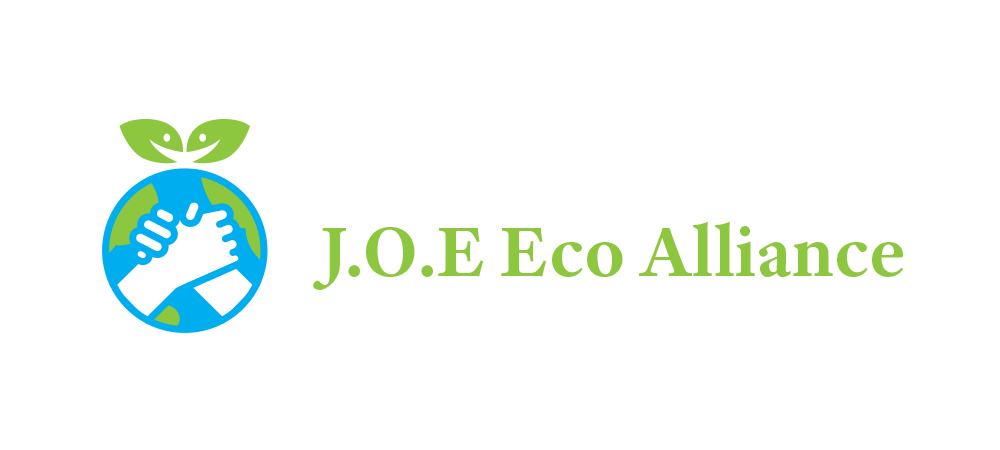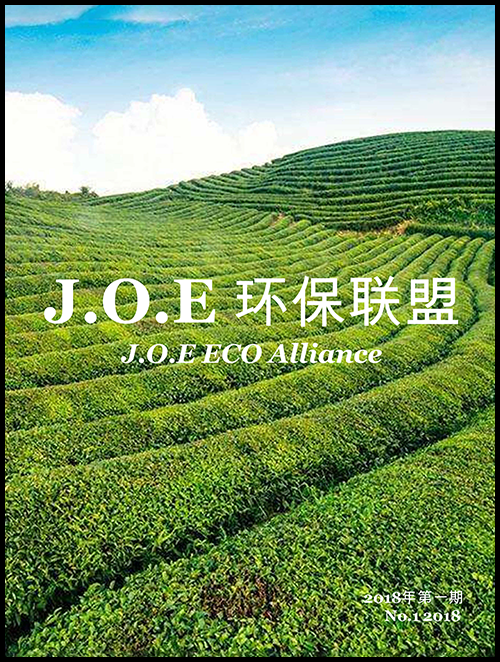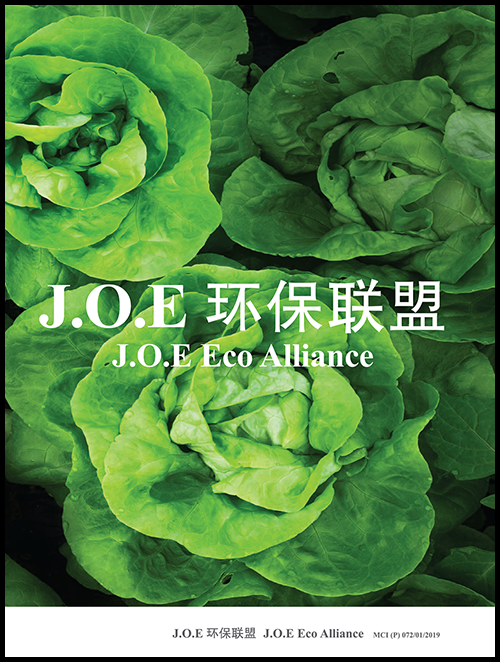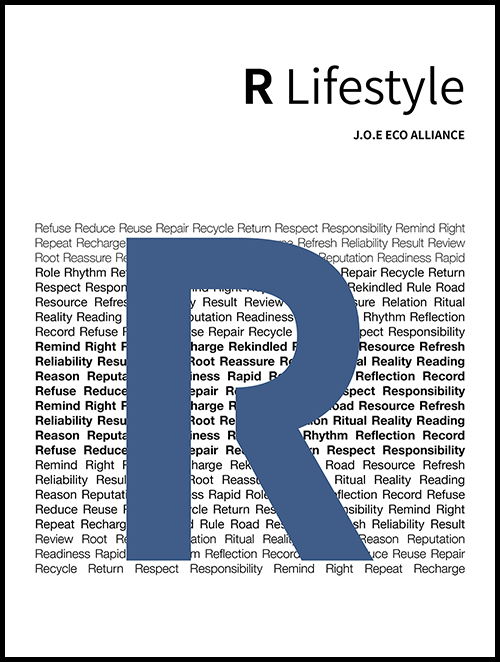Temporary reduction in daily global CO2emissions during the COVID-19 forced confinement
研究人员指出,世界各国为应对冠病疫情而封城,使得全球化石燃料的二氧化碳排放量料在2020年下降多达7%,为第二次世界大战以来最急剧的降幅。可惜,这对长期缓和地球暖化几乎毫无助益。
英国期刊《自然气候变化》19日刊登研究人员经过同侪审查的报告。报告提到,研究组评估了疫情期间地球二氧化碳排放量的变化。4月初时,防疫封锁行动使得全球碳污染比去年同期减少17%。
2020年头四个月,欧洲联盟、美国、中国与印度减少的排放量占整体的三分之二,相当于10亿公吨以上的二氧化碳。2019年,工业以及燃烧化石燃料获取能源所排放的二氧化碳量达到370亿公吨的新高纪录。
伦敦东安格利亚大学丁道尔气候变迁研究中心教授勒奎尔说,为抗疫“限制人口移动令能源用量与二氧化碳排放量出现显著变化……可是,减量相信是暂时现象,因为这并未反映经济、交通或能源系统结构上的改变。”
勒奎尔为研究报告的主笔,她与团队估计,如果全球经济能在各界意料之外于6月中旬前恢复到疫情前状态,那么,2020年的二氧化碳排放量预计将仅减少4%;不过,如果封锁措施持续一整年,二氧化碳降幅将达约7%。
气候危机是2019年全球热门话题,然而,造成近500万人确诊的冠病疫情令各方注意力有所转移。可是,专家警告,气候威胁依旧存在。
英国气象局哈德利中心气候冲击研究项目领导人贝茨说:“大气中的二氧化碳量持续增加,(疫情所致的减量)几乎毫无影响……我们必须停止排放二氧化碳,而不单是减缓排放速度。”
他说,因为“这就像在浴缸注水,我们只是稍微把水龙头转小,而不是完全关掉。水还是会增加,只是没那么快。”
到目前为止,地球的平均表面温度已经比工业化前的水平升高了1摄氏度,足以加剧由于海平面上升而引发的致命干旱、热浪和超级风暴。
根据2015年《巴黎气候协定》,近200个签字国承诺将全球变暖的上限控制在比工业化前高2摄氏度之内,而且要“远低于”这个目标。但是,联合国政府间气候变化专门委员会(IPCC)随后确定,1.5摄氏度是更安全的指标。
Government policies during the COVID-19 pandemic have drastically altered patterns of energy demand around the world. Many international borders were closed and populations were confined to their homes, which reduced transport and changed consumption patterns. Here we compile government policies and activity data to estimate the decrease in CO2 emissions during forced confinements. Daily global CO2 emissions decreased by –17% (–11 to –25% for ±1σ) by early April 2020 compared with the mean 2019 levels, just under half from changes in surface transport. At their peak, emissions in individual countries decreased by –26% on average. The impact on 2020 annual emissions depends on the duration of the confinement, with a low estimate of –4% (–2 to –7%) if prepandemic conditions return by mid-June, and a high estimate of –7% (–3 to –13%) if some restrictions remain worldwide until the end of 2020. Government actions and economic incentives postcrisis will likely influence the global CO2 emissions path for decades.








